UN Indigenous Peoples Day 2015: From the Sami to the Sorbs - native populations you may not have heard of
Every year on 9 August, the United Nations marks International Day of the World's Indigenous Peoples. And in 2015, the theme is access to healthcare for indigenous people, who often live in remote corners of the world or face persecution.
"On this International Day of the World's Indigenous Peoples, I call on the international community to ensure that they are not left behind," said UN secretary-general Ban Ki-moon. "To create a better, more equitable future, let us commit to do more to improve the health and well-being of indigenous peoples."
Here are some of the world's thousands of indigenous people that you might not have heard of.
Ainu
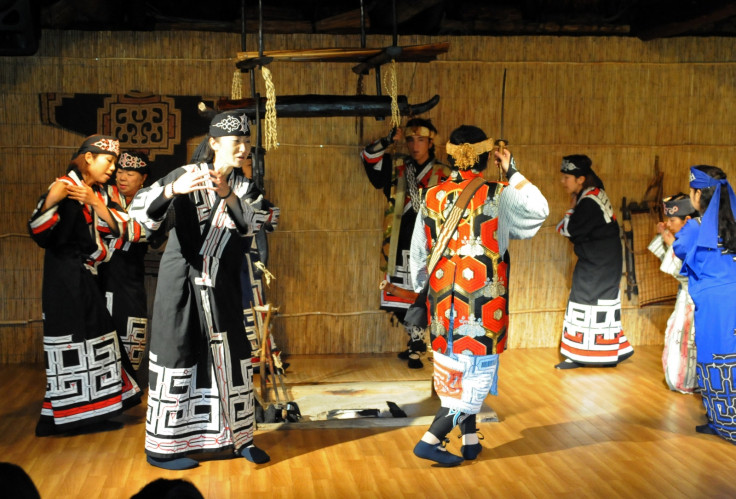
The Ainu hail mainly from the Japanese island of Hokkaido, where the most recent survey – in 1984 – put their population at 24,381. According to the Ainu Museum in Japan, Ainu means "human". There are thought to be just 10 speakers of the Ainu language left on the planet.
"The Ainu people regard things useful to them or beyond their control as 'kamuy' (gods)," says the museum. "In daily life, they prayed to and performed various ceremonies for the gods. These gods include: 'nature' gods, such as of fire, water, wind and thunder; 'animal' gods, such as of bears, foxes, spotted owls and grampuses; 'plant' gods, such as of aconite, mushroom and mugwort; 'object' gods, such as of boats and pots; and gods which protect houses, gods of mountains and gods of lakes. The word Ainu refers to the opposite of these gods."
Sami

The Sami – also known as the Lapps – are mostly found across Scandinavian countries of the Arctic, including Norway, Sweden and Finland, areas to which they are indigenous. They are known as the reindeer people because they breed and herd the animal for its meat and fur, which they also trade – as they have done for millennia.
"For a long time, the Sami were an oppressed people and their culture was in danger of dying out," says Visit Norway. "Today the Sami stand stronger than most other aboriginal people in the world. They have their independence day, and their own flag and parliament."
Circassians
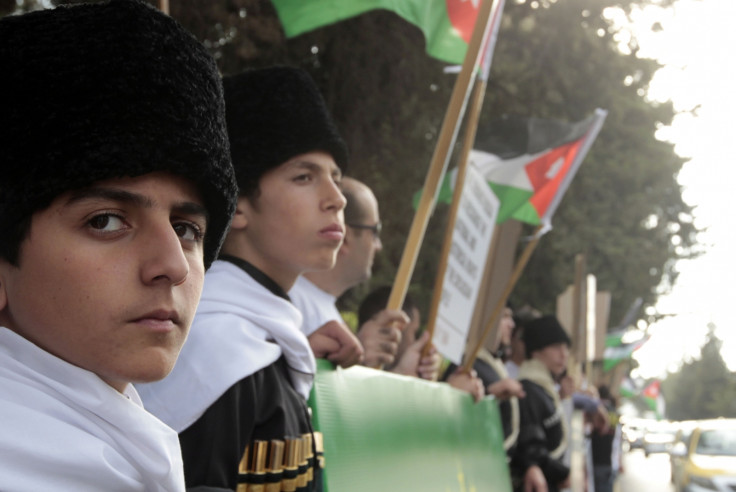
Circassians are from the modern-day Caucuses, the north-west of which was in ancient times called Circassia. Over the years, they have been persecuted by the Persians, Georgians, Russians, Mongols and Turks.
"Of the two main groups of Circassians, the Adyghians (Circassians proper, or Lower Circassians), who numbered about 165,000 in the late 20th century, live mostly in the republics of Adygea and Karachay-Cherkessia in Russia," according to the Encyclopaedia Britannica.
"The Kabardians (or Upper Circassians) number about 345,000 and live mostly in the republic of Kabardino-Balkaria, Russia. Circassian communities also exist in Anatolian Turkey (150,000) and Syria (35,000), with smaller groups in Jordan, Iraq, and Iran."
Métis
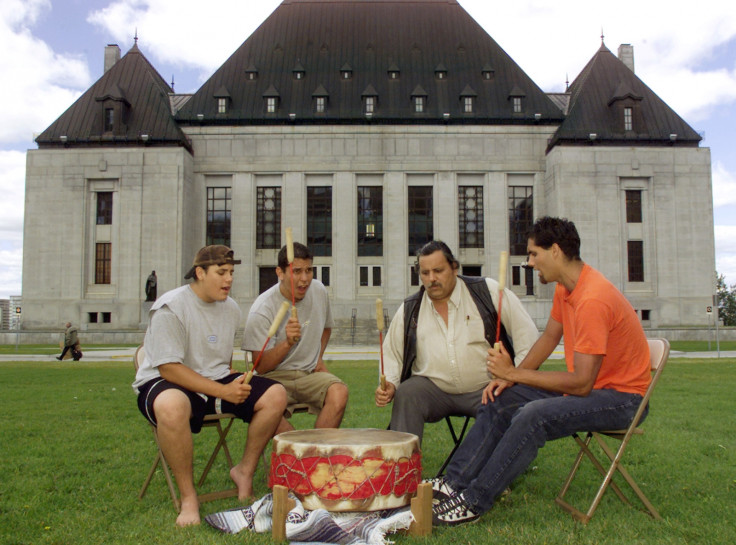
"Métis are people of mixed European and Indigenous ancestry, and one of the three recognised Aboriginal peoples in Canada," says the Canadian Encyclopedia.
"They originated largely in Western Canada and emerged as a political force in the 19th century, radiating outwards from the Red River Settlement. While the Canadian government politically marginalised Métis after 1885, Métis have since been recognised as an Aboriginal people with rights enshrined in the Constitution of Canada."
Nivkh
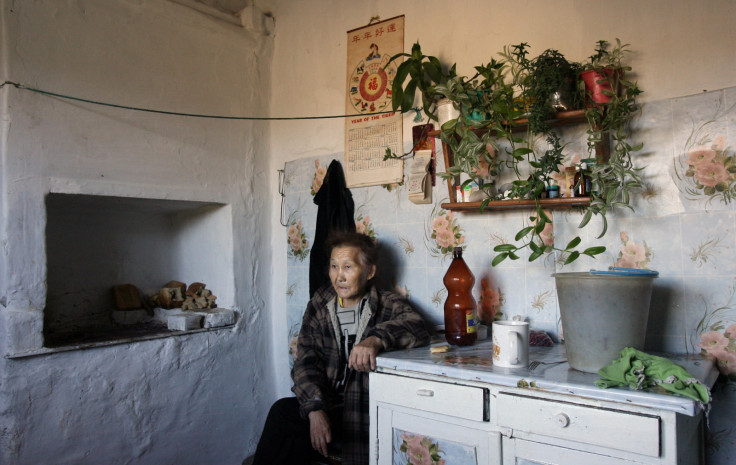
Native to the far-eastern reaches of Russia, closer to Beijing than Moscow, the Nivkh people speak a language that is "not proven to be related to any other language, either in Siberia or anywhere else", according to Western Washington University. There are fewer than 5,000 Nivkh people.
"The Nivkh were primarily fishermen and sea hunters," says Western Washington University. "The most important economic event for them was the annual salmon run. The fish were caught in large L-shaped nets by groups of men. Other fish were caught with the help of a type of harpoon. The boats used in fishing were made of wood planks. The coastal Nivkh used large nets to capture seals; they also hunted larger animals such as sea lions with clubs and harpoons."
Sorbs
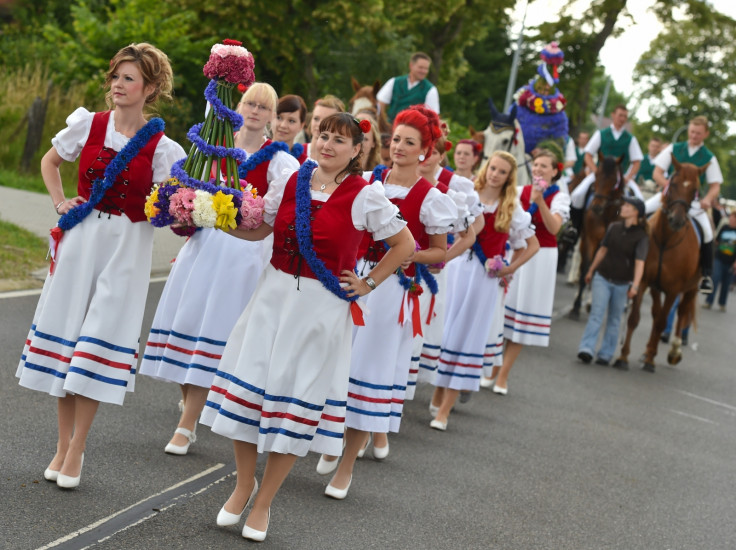
Found mostly in Germany, Sorbian people – or Sorbs – are Slavic with a language that has influences from the Czech Republic and Poland. It is split into two dialects: upper and lower. "The centre of the Upper Sorbian speech area is Bautzen, near the border with the Czech Republic, while Cottbus, near Poland, is the centre for Lower Sorbian," according to the Encyclopaedia Britannica.
Kalash
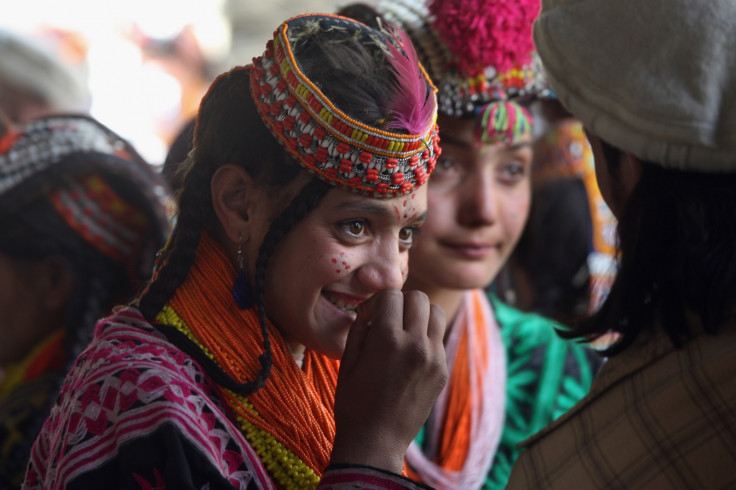
The Kalash are pagan people who live in the mountainous areas of Pakistan at the border with Afghanistan. "About 3,500 in number, the Kalash are fair-skinned, light-eyed people who claim to be descendants of the army Alexander III of Macedon led through the region on its way to invade India in the fourth century BC," according to an IBTimes article.
"The community brews its own wine, and Kalash women are not veiled. They wear distinctive homemade colourful dresses with their heads dressed, but not covered."
© Copyright IBTimes 2024. All rights reserved.





